Migrating warblers and other birds are showing up in my yard. Check out my latest 10,000 Birds post to see the Yellow Warblers, Black-throated Gray’s and other fall migrating birds that love to visit on their way to their wintering grounds.
In the past few weeks I have had several fall migrants passing through my area. The temperatures in northern California have been in the high 90’s to 104 degrees so having the only water hole in half a mile probably helps attract birds to my water feature. Click on photos for full sized images.
Of course I was excited when I walked onto the back porch the other day and saw a stealth, fast moving, black and white bird sneaking around in the oak trees. It was obviously not a woodpecker. No, it was a Black-throated Gray Warbler (Dendroica nigrescens).
The male above was accompanied by a female…
and what appeared to be a first summer youngster that I caught taking a bath!
And enjoying it!
Much easier to spot skulking about in the trees and bushes, weighing the possibility of danger against the certainty of a nice cool drink, or a refreshing bath…
is the migrating Yellow Warbler (Dendroica petechia).
The male above and the female below.
Also hiding in plane view was a fledgling Warbling Vireo (Vireo gilvus), it’s parent staying hidden in the trees.
Finally out in the open, clinging to an oak branch, was a young female Western Tanager (Piranga ludoviciana). Note the remnant of the gape at the base of the beak.
Then, the very next day, this indistinguishable bird flies down from the trees. What could it be? That large eye and what looks like a fairly large beak, with a pale lower mandible, similar to the Tanager pictured above, but a much smaller bird.
Oh, it’s a first year Yellow Warbler!
I love migration season! I was lucky enough to shoot a video of the Black-throated Gray and Yellow Warbler taking a bath together too! Enjoy!
The photo above shows the beginning of the Carr Fire east of Redding with the Sundial Bridge in the foreground. This is about 35 miles West of my home.
According to a Proceedings of the National Academy of Sciences study, human-induced climate change has doubled the area affected by forest fires in the western U.S. over the last 30 years. According to the study, since 1984 heightened temperatures and resulting aridity have caused fires to spread across an additional 16,000 square miles than they otherwise would have—an area larger than the states of Massachusetts and Connecticut combined1.
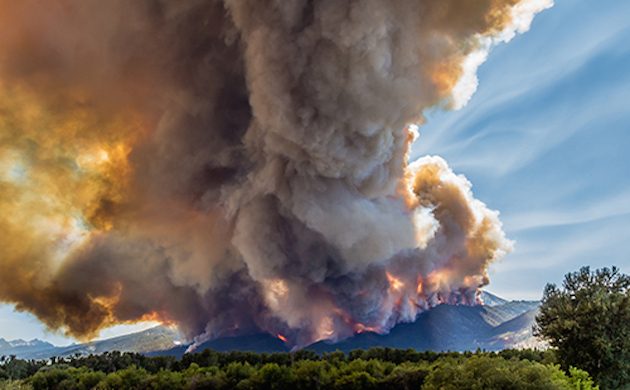
Fires in western forests began increasing abruptly in the 1980s, as measured by area burned, the number of large fires, and length of the fire season. Click on graph for large sized image.
Wildfires are unplanned and very damaging fires, nine out of ten carelessly started by people. If a wildfire starts in the dry season, it can burn extremely hot and destroy all vegetation for miles. Once the rains begin, the destruction from the fire also causes soil erosion which degrades stream water quality, and mudslides which cause more environmental damage.
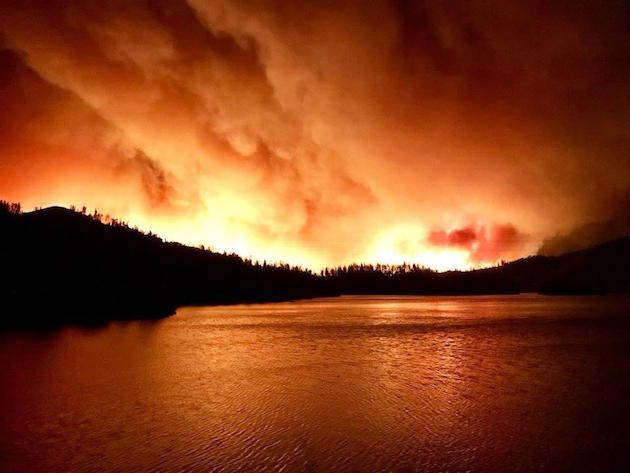
So what do these facts mean for our wildlife? Some animals are injured and killed by wildfires. While larger animals like deer and elk are usually able to escape the fire’s path, smaller animals like squirrels, foxes and snakes are not always so lucky. Birds are able to fly away, but their nests and eggs can be destroyed. Fire can also cause wildlife to be burned, dehydrated and malnourished.
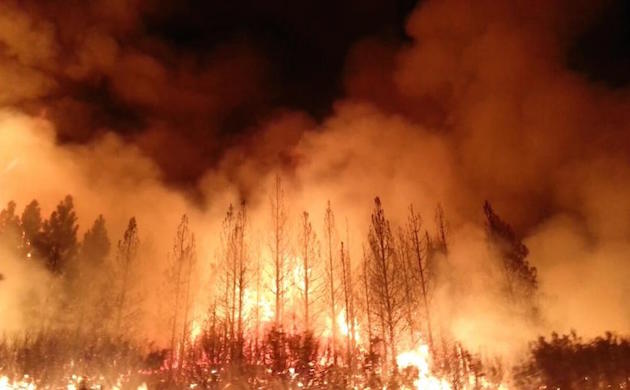
In the months after a fire, wildlife populations can suffer substantial losses due to habitat alteration and destruction. Since their habitat has been destroyed, wildlife become displaced and must spend more time searching for food, water and shelter. Displaced wildlife may travel to areas not affected by the fire, which puts stress on the displaced wildlife, as well as the wildlife that was already there, due to increased competition for available food, water and shelter.
This past March I helped a Girl Scout troupe build and install 15 Bluebird nest boxes on the Sacramento River Trail. Here’s a photo of the troupe and myself after the install.
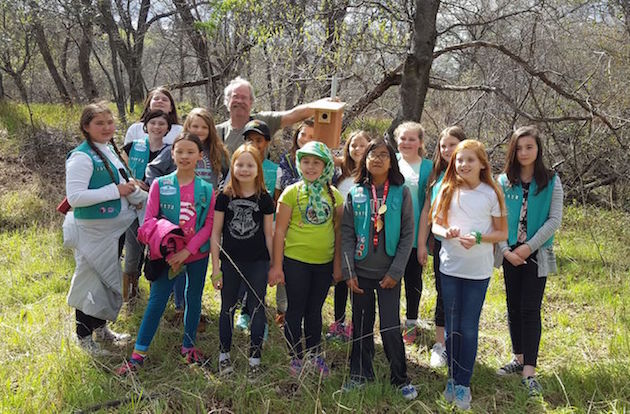
The Carr Fire jumped the Sacramento River within a few days after it began, at the very location we had installed the nestboxes. I went back yesterday to see the devastated area where the fire jumped the river and destroyed several homes. The river trail was closed, the entrance being fenced off with keep out signs. I was able to visualize six of the bird houses that survived. Here is what the area looks like now.

An excellent Audubon article states “What do birds do when wildfires break out? No surprise here: They fly away. A fire might kill weak birds or, depending on the time of year, claim nestlings. But at least in the Western forests that U.S. Forest Service research biologist Vicki Saab studies, birds evolved alongside fire and flee in the face of conflagrations. ‘Direct mortality is not a big concern,’ Saab says.”
The article goes on to mention that fires are not all bad. Vicki states that fire benefits several bird species, like the Black-backed Woodpecker which feeds off the bark and wood-boring beetles that lay eggs in the charred trees. This was the case in the 23,958 acre Reading Fire that burned in Lassen Volcanic National Park in 2012 where I photographed this Black-backed Woodpecker.
So far this year, CalFire has responded to 3,981 fires which have destroyed 629,531 acres. Nearly three times the acreage burned in the same timeframe last year. There is no doubt, the emerging influences of climate change are now resulting in longer burning seasons and a greater land base that is susceptible to wildfire.
Here are some facts about climate change.
More resources on this topic:
- Wildfire! Toward Understanding Its Effects on Wildlife,
- How will California’s devastating fires affect wildlife for years to come?,
- What Do Wild Animals Do in a Wildfire?,
References: 1Proceedings of the National Academy of Sciences
The definition of the word HUNT is “to chase or search for game or other wild animals for the purpose of catching or killing.”
The definition of the word CONSERVATION is “the act or an instance of conserving or keeping from change, loss, or injury.”
Obviously the dictionary does not equate hunting with conservation. One is defined as catching or killing and the other as keeping from injury.
If you have some insane idea that Hunting Is Conservation:
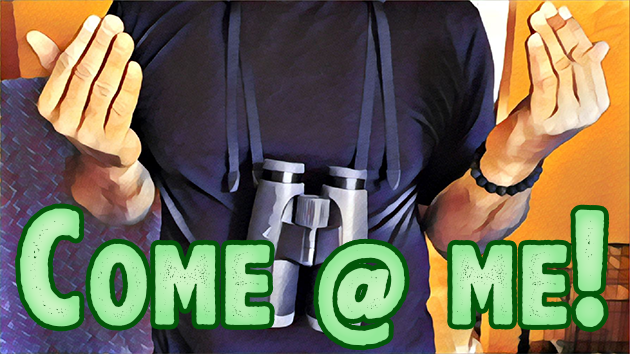
I think we all remember the fate of the Passenger Pigeon?
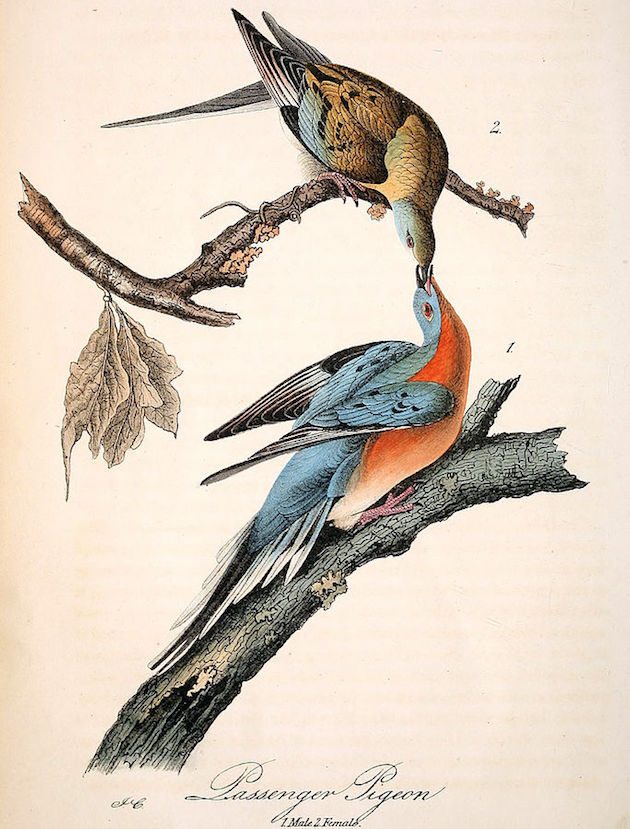
In 1850, the Passenger Pigeon (Ectopistes migratorius) was the most abundant bird in North America and possibly the world. Throughout the 19th century, witnesses had described sightings of pigeon migrations, “how they took hours to pass over a single spot, darkening the firmament and rendering normal conversation inaudible.”
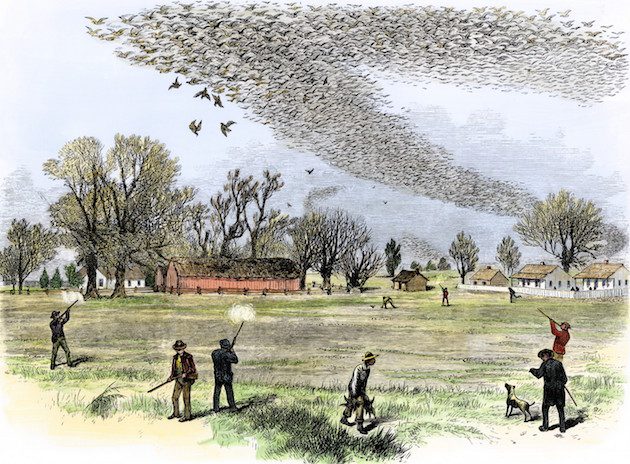
Contemporary environmentalism arrived too late to prevent the passenger pigeon’s demise due to market hunters, but the two phenomena share a historical connection. According to Stanley Temple, a professor emeritus of conservation at the University of Wisconsin, “the extinction was part of the motivation for the birth of modern 20th century conservation.” In 1900, even before the last Passenger Pigeon’s death in the Cincinnati Zoo, Republican Congressman John F. Lacey of Iowa introduced the nation’s first wildlife-protection law, which banned the interstate shipping of unlawfully killed game. “The wild pigeon, formerly in flocks of millions, has entirely disappeared from the face of the earth,” Lacey said on the House floor. “We have given an awful exhibition of slaughter and destruction, which may serve as a warning to all mankind. Let us now give an example of wise conservation of what remains of the gifts of nature.” That year Congress passed the Lacey Act, followed by the tougher Weeks-McLean Act in 1913 and, five years later, the Migratory Bird Treaty Act, which protected not just birds but also their eggs, nests, and feathers1.
Even with today’s environmental laws, we are losing species at an alarming rate, and with Ryan Zinke as Interior Secretary it’s no wonder. A newly created U.S. advisory board, the “Wildlife Protection Board,” has been created to help rewrite federal rules for importing the heads and hides of African elephants, lions and rhinos is stacked with trophy hunters, including some members with direct ties to President Donald Trump and his family2.
The Amur Leopard (Panthera pardus orientalis – above) is just one majestic animal on the Critically Endangered (CR) list with less than 100 individuals in the wild due to hunting for its fur. Asian Elephants and Indian Elephants (Elephas maximus indicus) are both listed as Endangered (EN) on the ICUN red list. Of course, by now most people know they have been slaughtered by hunters for their ivory.
With as many as 540 individuals in the wild the Amur Tiger (Panthera tigris altaica) is also listed as Endangered, being hunted for not only their fur but body parts as well.
With an estimated 200 to 300 individuals left in the wild, the Cross River Gorilla (CR) (Gorilla gorilla diehli) has been hunted to near extinction.
Why is this happening? People don’t respect wildlife. Some people actually don’t consider human beings as animals. Some people think humans are superior to all other life forms. These beliefs allow them to treat other animals however they see fit. Thank God most human beings have developed a more modern view of wildlife and acknowledge that some animals display sufficient consciousness and self-awareness to deserve moral consideration.
Why would any human being think that killing a Giraffe (Giraffa) is a good idea? They are listed as Vulnerable (VU) on the IUCN red list.
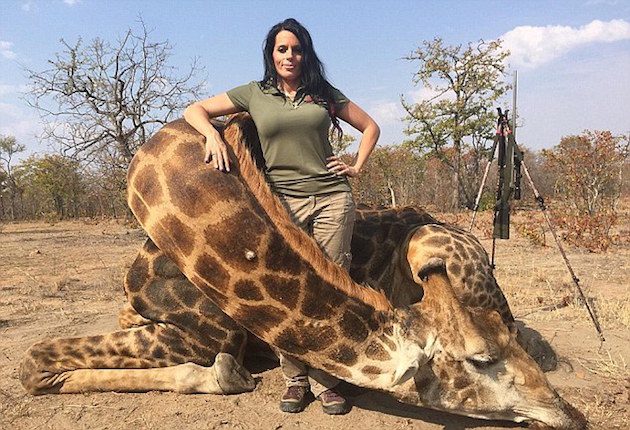
Even more disconcerting to me than these “trophy hunters” killing wildlife for “sport” is the belief by some that carnivores such as bears and wolves should be eliminated. The persecution of these apex predators, especially wolves, is rampant among some hunters and cattle ranchers.
But I digress. It is obvious that hunting is NOT conservation. I point you to a post I wrote a couple of years ago on “Wildlife Conservation Myths” that not only pertains to this subject but offers a disturbing trend of Republicans attempting to remove or diminish many of our public lands. These policies have actually gotten worse since the advent of the Trump Abomination, I mean Administration.
If you want to argue the financial side of conservation, I refer you to my December 2014 post titled “The North American Model of Wildlife Conservation and Who Pays for It.” I’ll give you a hint, it’s not hunters!
Last but not least, I will leave you with a VERY disturbing video of Sandhill Crane hunting in western Oklahoma.
WARNING!!! This is a very disturbing video of Sandhill Cranes being slaughtered by “hunters.” If you have a weak stomach, I advise you NOT to watch this video.
https://www.youtube.com/watch?v=mf0utY59X0w
References: 1Why the Passenger Pigeon Went Extinct, 2Trump Wildlife Protection Board Stuffed with Trophy Hunters
More links you may be interested in:
- The World’s Most Endangered Animals
- 12 Rare Animals that are Teetering on the Brink of Extinction
- Status and Ecological Effects of the World’s Largest Carnivores
*****
Come@Me Week is a cheap ploy ginned up by some high priced consultants we at 10,000 Birds hired and then stiffed on the bill. We’re desperately trying to stay relevant in a bird blogosphere being decimated by Facebook, Twitter, Instagram, and memes. We here at 10,000 Birds have no shame and it was either this or lots of posts about woodcocks, boobies, and woodpeckers. All the posts in Come@Me Week are probably the opinions of the authors of said posts and no one else. Well, except maybe you. Weirdo. Agree? Disagree? We’ll see you in the comments. Or, more likely, on Facebook. Sigh…

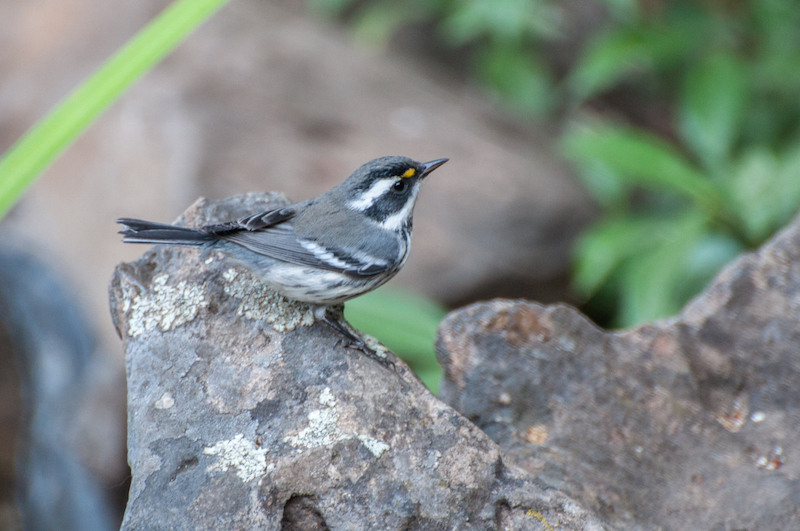
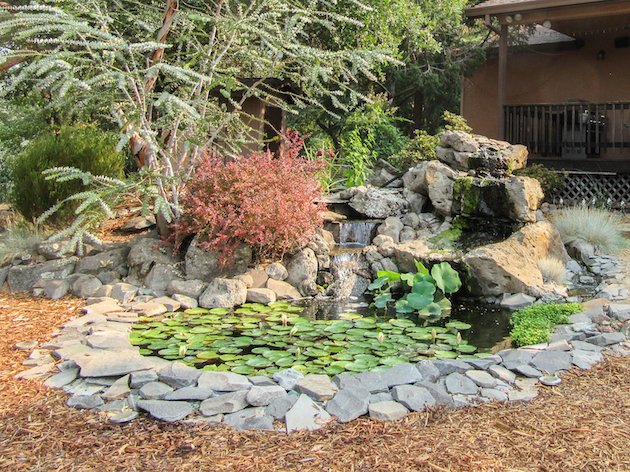
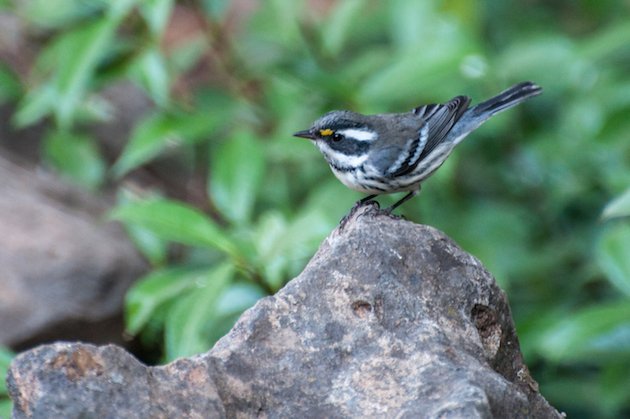
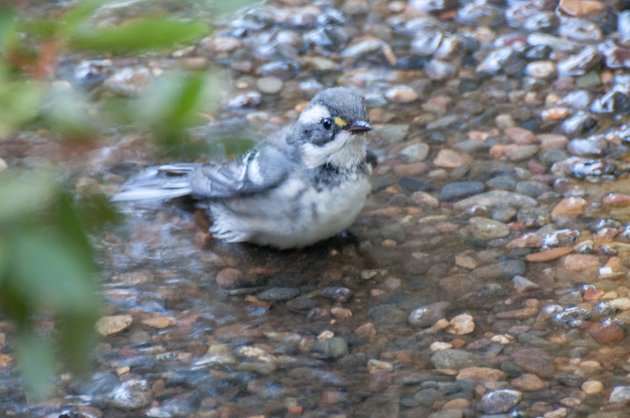
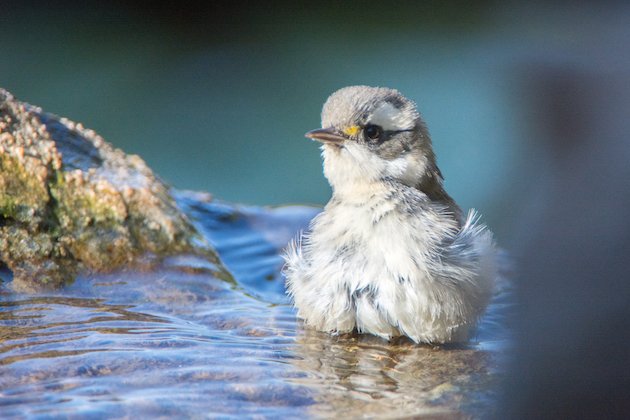
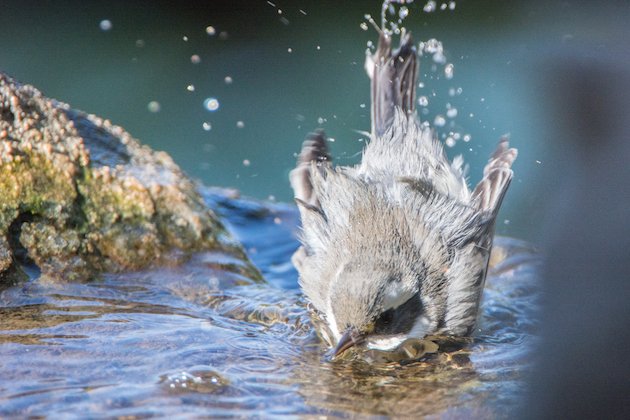
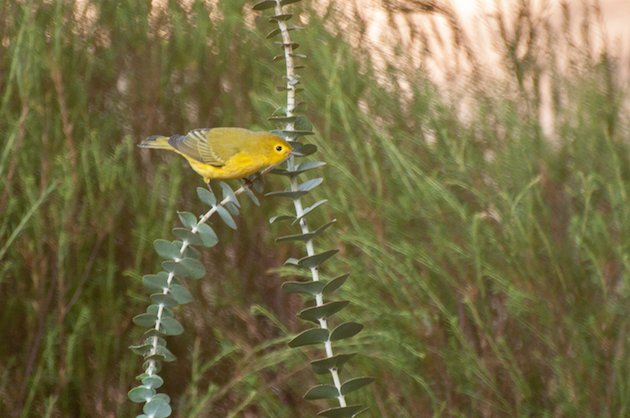
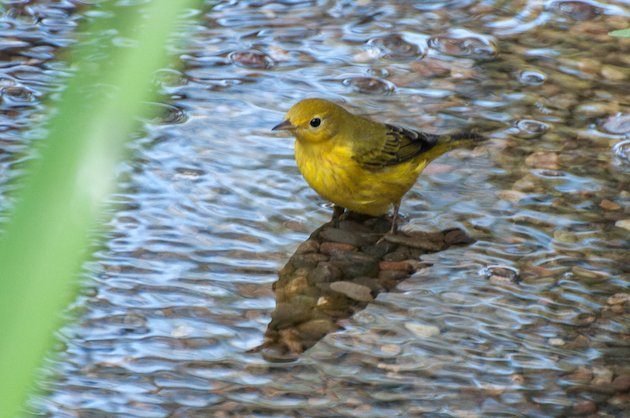
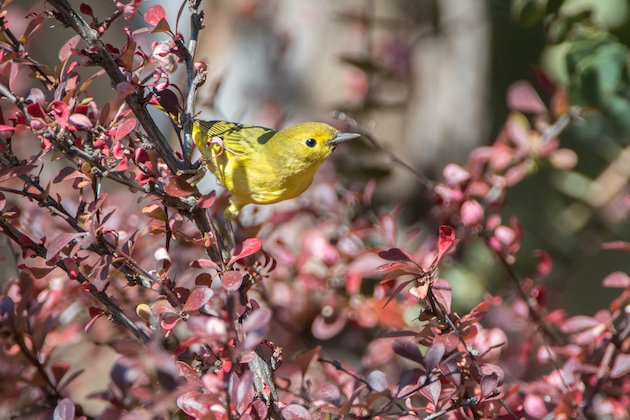
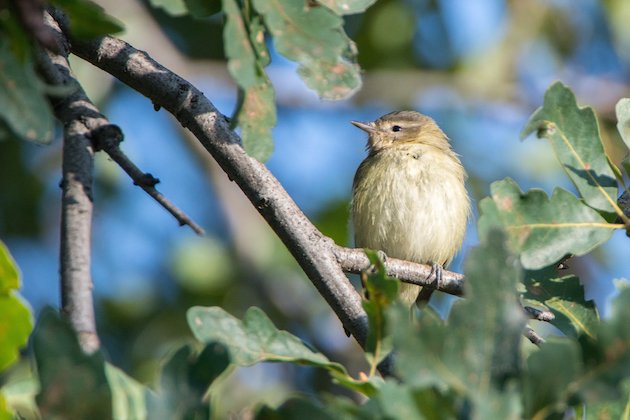
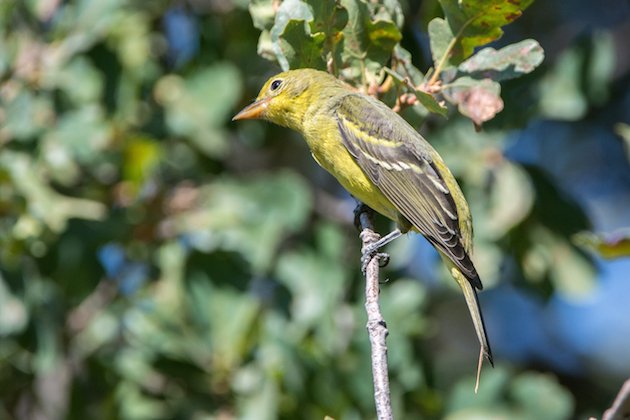
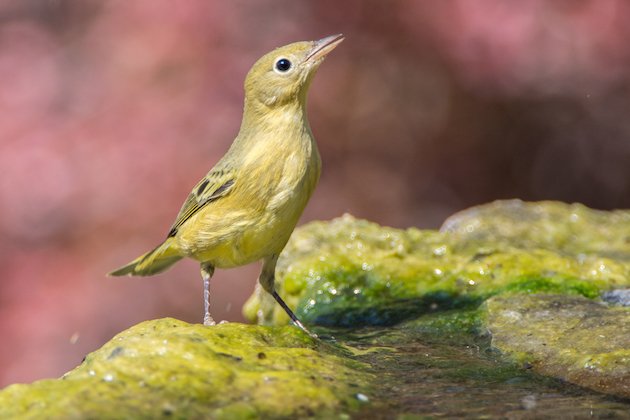
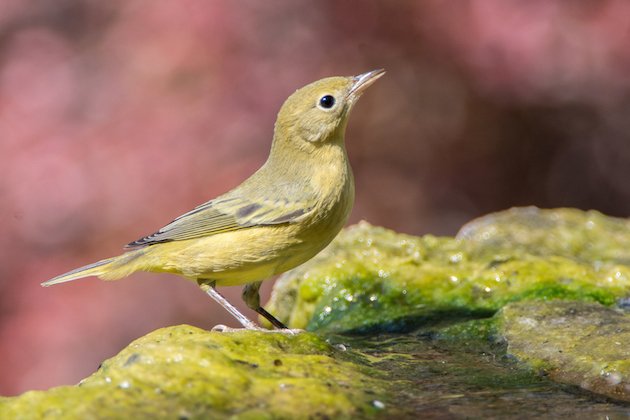
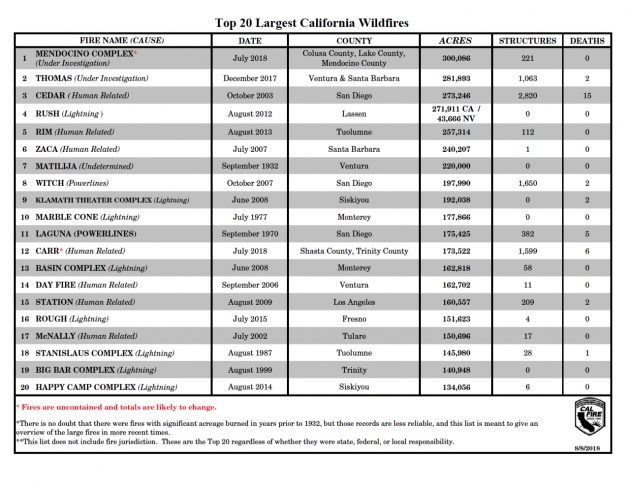
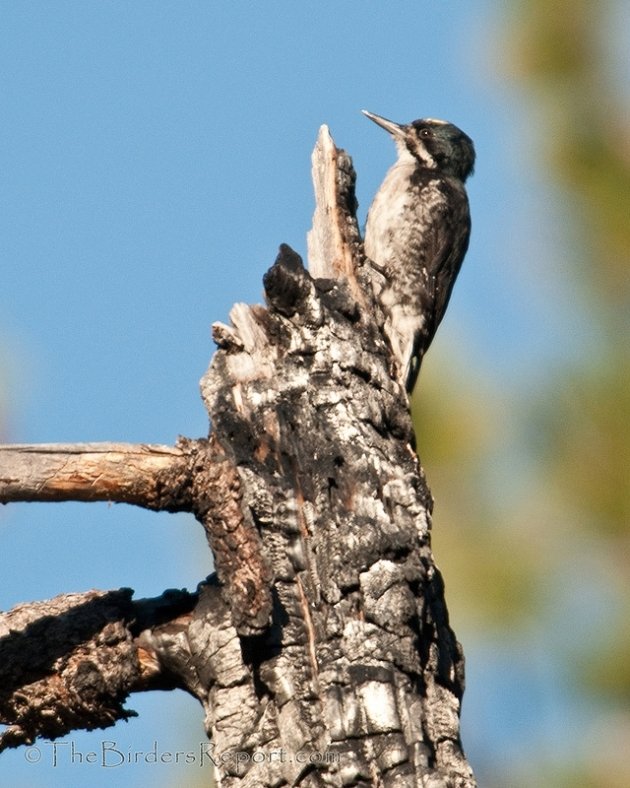
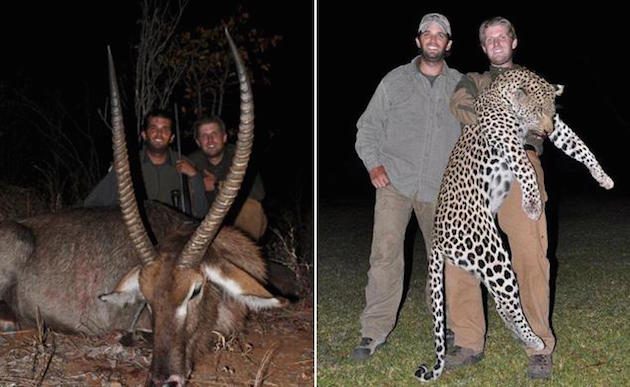
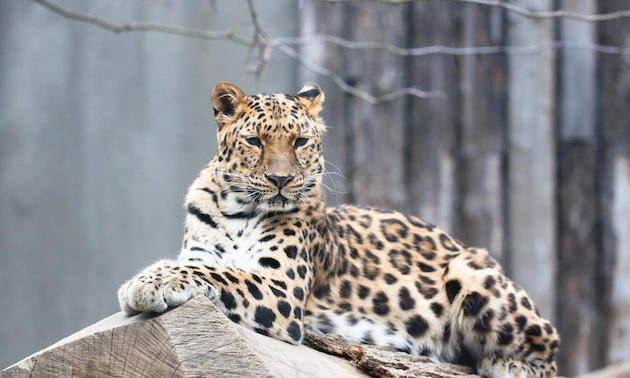
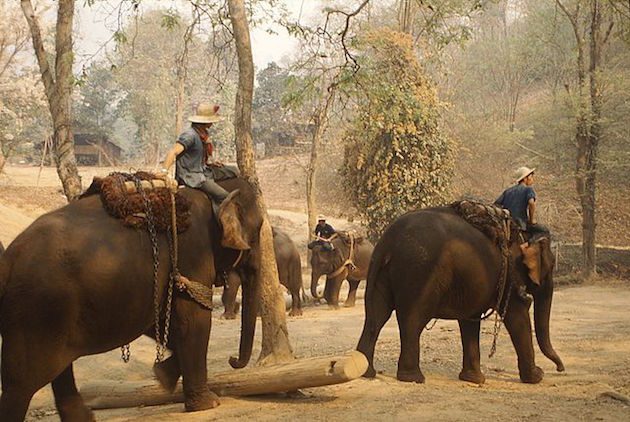
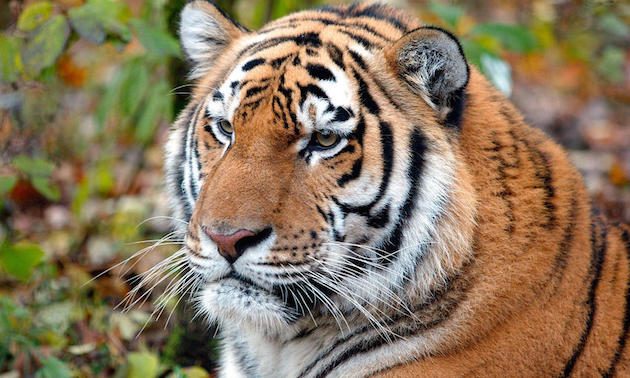
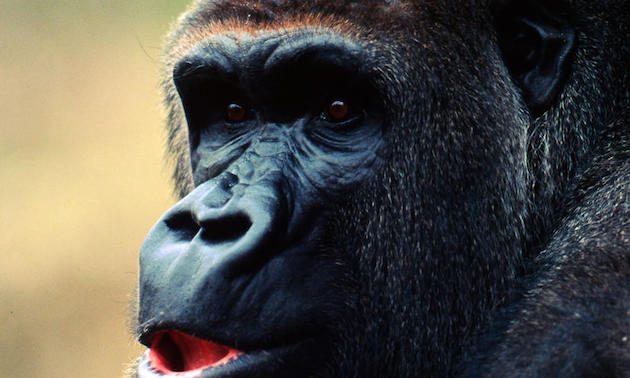




Social Media Connect